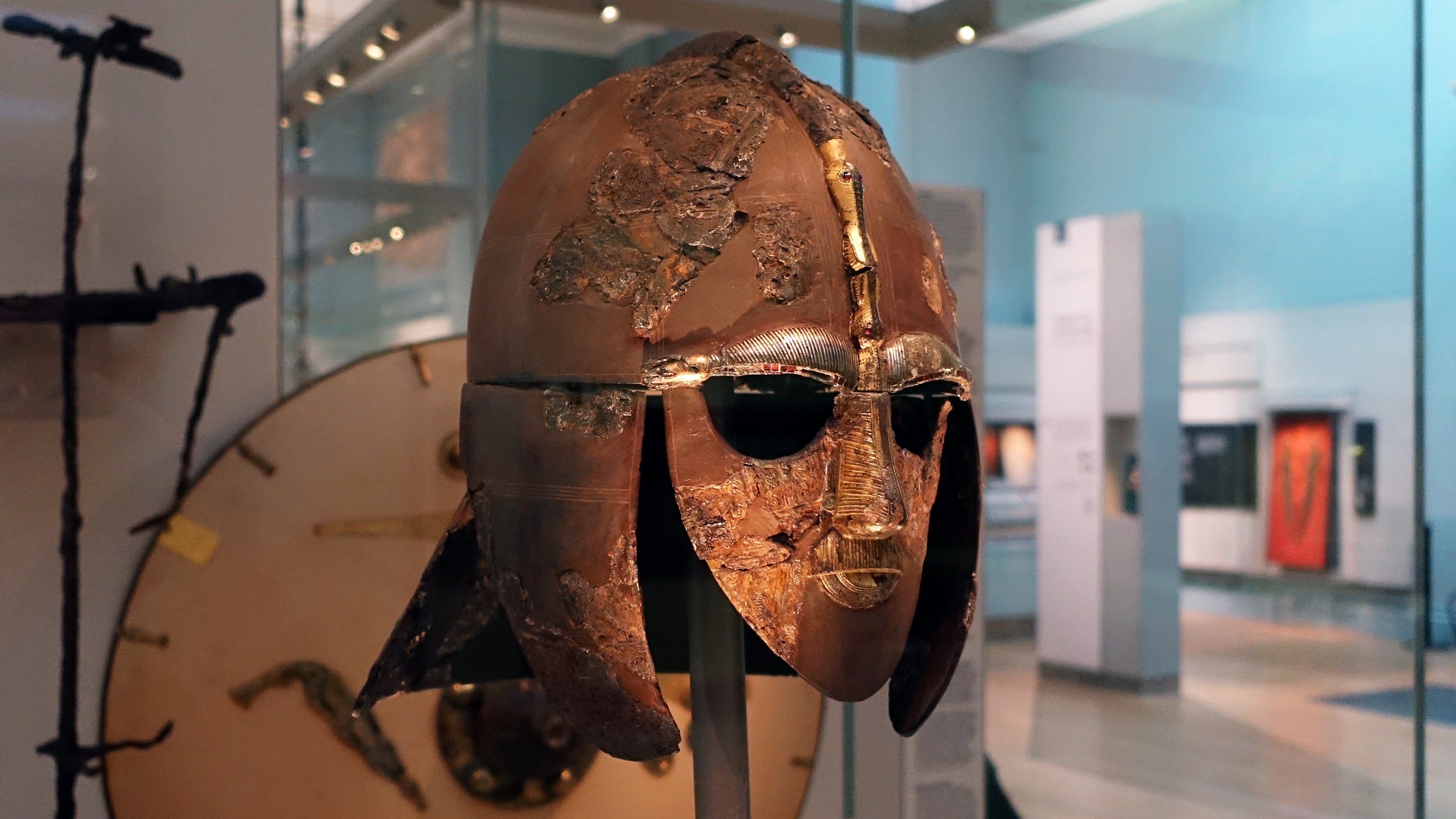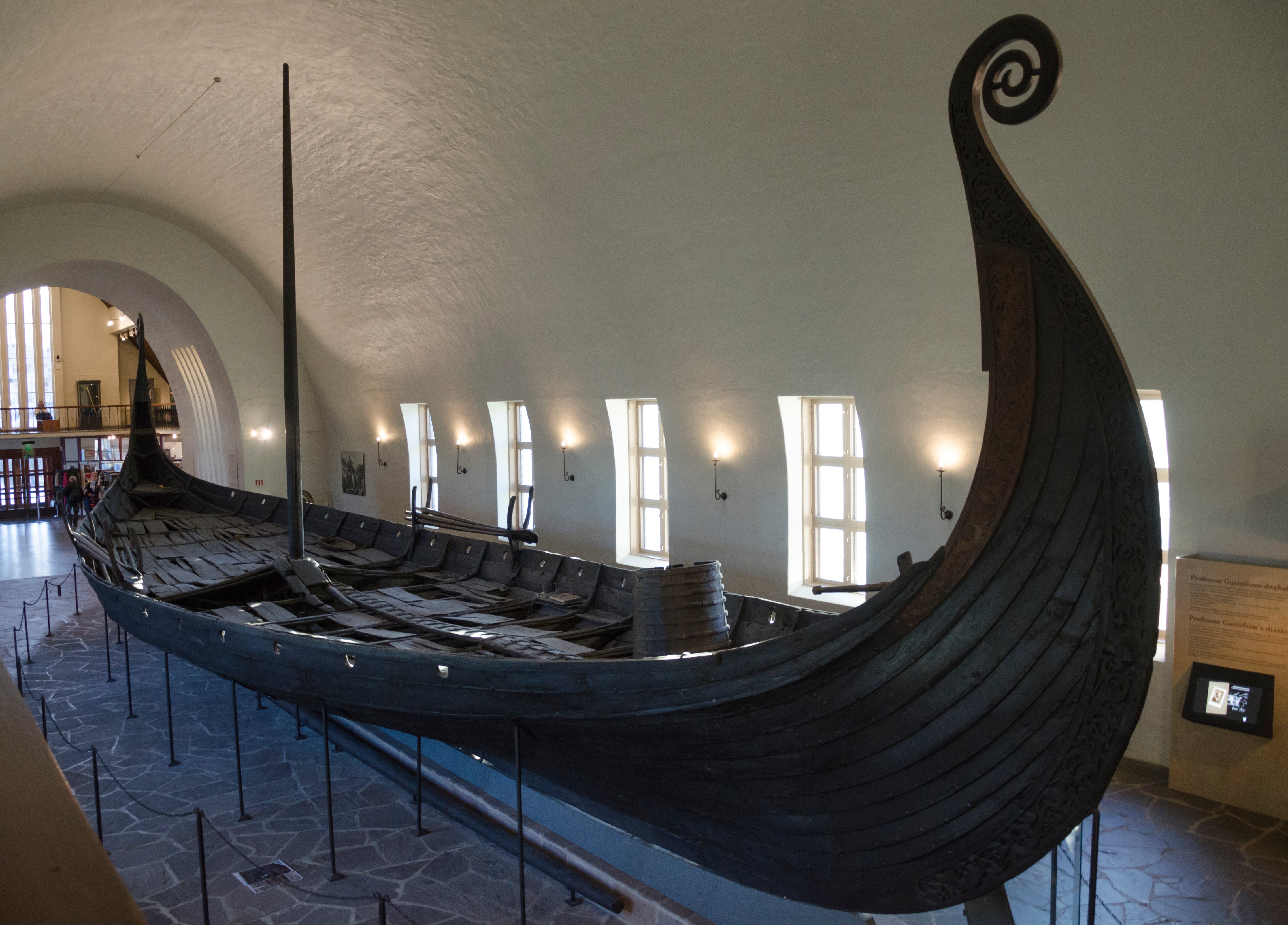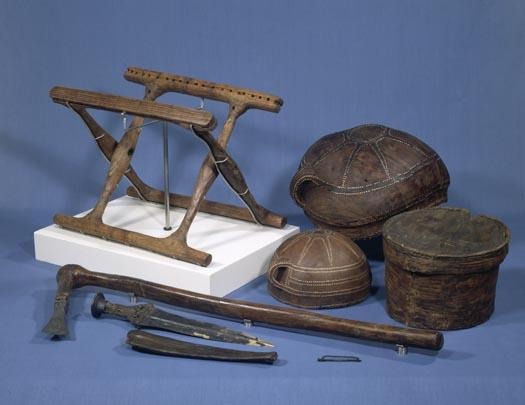
Unearthing the Treasures of Sutton Hoo: An Anglo-Saxon Marvel
The Anglo-Saxon period, spanning from the 5th to the 11th centuries, was a transformative era in British history. It marked the establishment of several kingdoms and the spread of Christianity. This period laid the foundation for many modern English traditions and societal structures. Sutton Hoo, with its rich array of artifacts, provides a window into this world, revealing the complexity and sophistication of Anglo-Saxon culture.
The Significance of Burial Practices

Sutton Hoo Mound 2
Burial practices are a vital key to understanding any ancient society. For the Anglo-Saxons, burials were not just about laying the dead to rest but also about showcasing their beliefs, social hierarchy, and connections to the divine. The grandeur of the Sutton Hoo burial site, with its ship burial and wealth of grave goods, speaks volumes about the social and spiritual values of the time.
Discovery of Sutton Hoo

The Sutton Hoo excavation (1939)
The First Clues
The story of Sutton Hoo's discovery is as intriguing as the site itself. It all began with a series of mysterious mounds on the estate of Edith Pretty, a wealthy widow with a keen interest in archaeology. These mounds had long piqued local curiosity, with tales of hidden treasure and ancient kings fueling imaginations.
Key Figures in the Discovery

The 'Great' Gold Buckle
Edith Pretty
Edith Pretty played a pivotal role in bringing Sutton Hoo to light. Her fascination with the mounds on her property led her to contact the Ipswich Museum, seeking expertise to explore their secrets. Pretty's passion and patronage were crucial in the site's excavation and subsequent study.
Basil Brown
Enter Basil Brown, a self-taught archaeologist with an extraordinary knack for unearthing the past. Hired by Edith Pretty, Brown began excavating the mounds in 1938. His meticulous work and keen eye for detail were instrumental in uncovering the treasures of Sutton Hoo, including the famed ship burial.
The Excavation Process

Sword discovered in the burial mound (6th to 7th century)
Early Excavation Techniques
Archaeology in the early 20th century was a developing field, and the techniques used during the Sutton Hoo excavation were both innovative and rudimentary. Brown and his team employed careful digging and recording methods, ensuring that even the smallest artifacts were preserved and documented. This meticulous approach laid the groundwork for modern archaeological practices.
Major Findings

A recreation of the Sutton Hoo ship
The Ship Burial
The most remarkable discovery at Sutton Hoo was undoubtedly the ship burial. Spanning nearly 90 feet, the ship's imprint, filled with a wealth of treasures, suggested it was the final resting place of a high-ranking individual, possibly a king. This ship, akin to a floating mausoleum, symbolized a journey to the afterlife, laden with all one might need for the voyage.
Grave Goods and Artifacts

Shoulder-clasps from Sutton Hoo, now located in the British Museum
The grave goods unearthed at Sutton Hoo were astonishing in their richness and diversity. From intricately crafted gold jewelry and weaponry to household items and textiles, these artifacts highlighted the sophistication and far-reaching connections of the Anglo-Saxon elite. Each item, meticulously crafted and curated, told a story of trade, influence, and artistry.
Analysis of the Findings

The fragments of the shield discovered in Suttoon Hoo
Archaeological Significance
The Sutton Hoo findings revolutionized our understanding of early medieval England. They provided concrete evidence of a complex society with vast trade networks extending as far as the Byzantine Empire. The artifacts also illustrated the blending of pagan and Christian traditions, marking a pivotal moment in British history.
Insights into Anglo-Saxon Culture

Art etched across the Sutton Hoo helmet
Beyond their immediate historical value, the Sutton Hoo artifacts offer profound insights into Anglo-Saxon life and beliefs. The opulence of the grave goods indicated a society that valued wealth and status, while the ship burial reflected a belief in an afterlife where such riches would be necessary. These insights help historians and archaeologists piece together the everyday lives and spiritual beliefs of the Anglo-Saxons.
Preservation and Display

Ornamented Ango-Saxon sword belt end
The Role of the British Museum
Following their discovery, the Sutton Hoo artifacts were transferred to the British Museum, where they were carefully preserved and studied. The museum played a crucial role in conserving these delicate items, ensuring they would endure for future generations to marvel at and learn from.
Modern Conservation Techniques
Advances in conservation techniques have allowed for even greater preservation of the Sutton Hoo artifacts. Techniques such as digital imaging and climate-controlled storage help maintain the integrity of these ancient treasures, allowing researchers to continue studying them without causing damage.
Sutton Hoo in Popular Culture

Sutton Hoo helmet replica, located in the British Museum
Books and Films
The story of Sutton Hoo has captivated the public imagination, inspiring numerous books and films. Notably, the 2021 film "The Dig" dramatized the discovery and excavation of the site, bringing the tale to a wider audience and highlighting the human stories behind the archaeological endeavor.
Influence on Modern Archaeology

The 'Purse Lid'
Sutton Hoo has had a lasting impact on the field of archaeology. The site's excavation methods, the collaborative approach between amateur and professional archaeologists, and the subsequent analyses have set new standards and inspired future generations of archaeologists. The richness of the site continues to influence archaeological theories and practices.
Conclusion
The Sutton Hoo burial site remains one of the most significant archaeological discoveries in British history. It has not only enhanced our understanding of the Anglo-Saxon period but also demonstrated the importance of preserving and studying our past. The site's discovery, excavation, and ongoing analysis offer a compelling narrative of human curiosity, dedication, and the quest for knowledge. As we continue to learn from Sutton Hoo, it serves as a poignant reminder of the rich tapestry of history that lies just beneath our feet.
FAQs
-
What is the significance of Sutton Hoo?
- Sutton Hoo is significant because it provides valuable insights into Anglo-Saxon culture, society, and burial practices. The wealth of artifacts found at the site has reshaped our understanding of early medieval England.
-
Who discovered Sutton Hoo?
- Sutton Hoo was discovered by Basil Brown, a self-taught archaeologist, under the patronage of Edith Pretty, the owner of the land where the burial mounds were located.
-
What was found in the Sutton Hoo burial?
- The Sutton Hoo burial included a ship burial filled with a wide array of grave goods such as gold jewelry, weaponry, household items, and textiles, indicating the high status of the individual buried there.
-
Where are the Sutton Hoo artifacts now?
- The artifacts from Sutton Hoo are housed in the British Museum, where they are preserved and displayed for public viewing and academic study.
-
How has Sutton Hoo influenced archaeology?
- Sutton Hoo has influenced archaeology by setting new standards for excavation and preservation. It has highlighted the importance of interdisciplinary collaboration and has inspired further research into early medieval Europe.
References
"Sutton Hoo helmet" by profzucker is licensed under CC BY-NC-SA 2.0.
"Sutton Hoo Burial Mound" by Geoff Dallimore & Silktork is licensed under CC BY-SA 3.0
"Sutton Hoo Gallery" by p_a_h is licensed under CC BY 2.0.
"Sutton Hoo Sword.JPG" by Völkerwanderer is marked with CC0 1.0.
Ship Recreation by Gernot Keller www.gernot-keller.com is licensed under CC BY-SA 2.5
"Shoulder-clasps from Sutton Hoo, British Museum" by RobRoyAus is licensed under CC BY 2.0.
"Sutton Hoo Shield" by minophis is licensed under CC BY-SA 2.0.
"Sutton Hoo helmet fig4" by LadyofHats is licensed under CC0 1.0.
"Sutton Hoo Sword Belt" by Gary Todd is licensed under CC0 1.0
"Replica Helmet" by Gernot Keller is licensed under CC BY-SA 2.5








